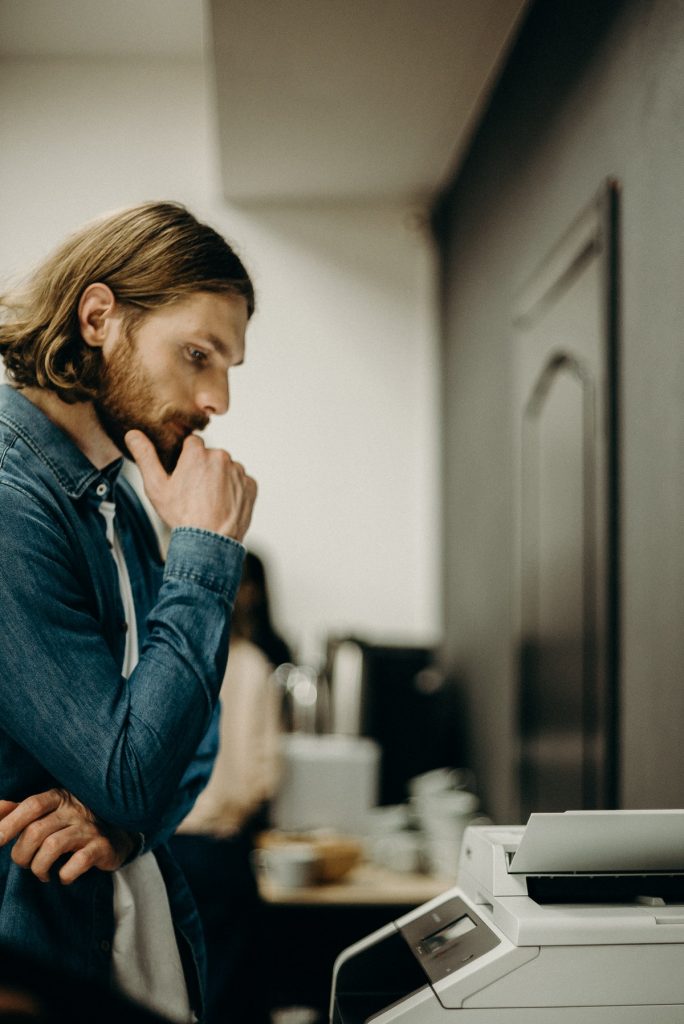Ever wondered how magazines, newspapers, and other printed media get printed in high volumes with good quality? It’s all thanks to printing.
Many types of printing techniques exist, one of which is offset printing. This is a printing technique where ink is moved from a metal plate, and then to a roller, and finally on a printing surface. It’s so-called because whatever image has to be printed is not directly transferred onto the surface; it’s “offset” or transferred first to another surface to act as intermediary.
So how did the offset printing technique become one of the most preferred ways of printing? We delve into its history and how it is done.
History
Offset printing has its roots in 1798, when Alois Senefelder, a German playwright, accidentally discovered it. He was trying to reproduce images using stones that were sketched on with wax and then transferred onto a surface with a fountain solution. This process was later called lithography.
Over the years, professional printers started to gain popularity when a French engineer developed a stream lithography press. This made its way to the United States in 1868. How the lithography press works is that it makes use of stones that were used to transfer images to a blanket-covered cylinder. Afterward, the image would be transferred to a surface from the blanket.
Its Growing Popularity
Throughout its history, offset printing has been the most popular method of printing, thanks to its high quality of image reproduction at a relatively low cost. Artwork used to be manually copied, resulting in an inaccurate reproduction. Offset printing made it possible to reproduce images in high volume and great detail.
How It Works

Modern offset printing uses Senefeld’s same principles but uses a metal printing plate instead of stones. The image has to be photographically transferred onto the plate. After this, only certain parts of the plate get coated with lacquer to attract ink. The other portions of the plate are coated with gum to attract water.
With the plates curved around a cylinder used for printing, they are then prepared to be pressed against a set of rollers. These rollers use helical gears, similar to those of Wisconsin printing presses.
Once the plates are pressed, the image is transferred onto a rubber offset cylinder called the blanket cylinder. Only the lacquered portions will be coated with ink. Afterward, the cylinder is then pressed onto a surface—usually paper—which transfers the image onto it.
The process all happens very quickly. Thanks to its speed and efficiency, offset printing can print up to 20 kilometers worth of material in an hour.
Offset Printing Today
Many professional printers employ the use of offset printing because of speed, cost-effectiveness, and clarity. Offset printing is useful especially when it comes to image-heavy media, such as magazines and newspapers.
Media has become accessible to everyone and it’s partly because of offset printing. It has made it possible for the common man to learn about the world and helped disseminate that information easily, democratizing knowledge.

